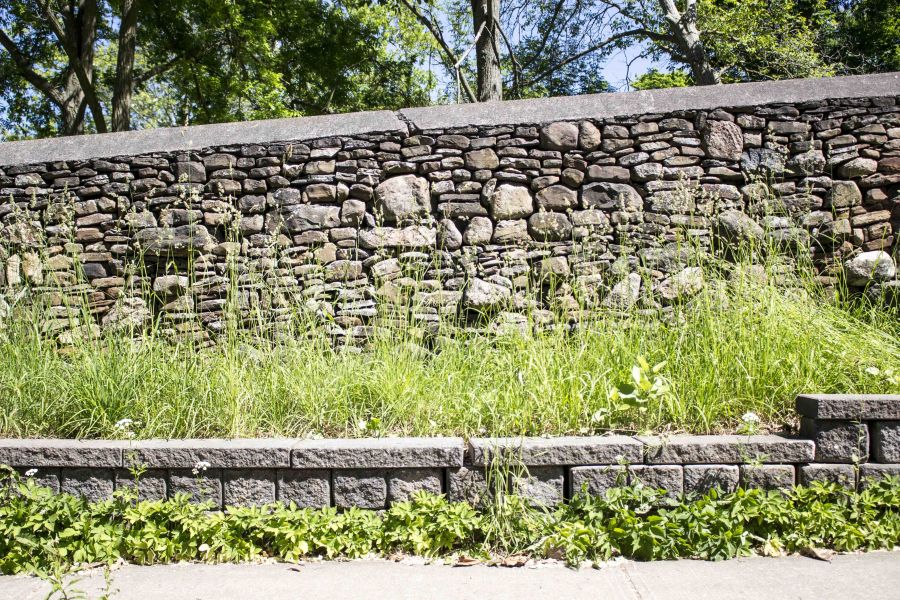A special council meeting has been scheduled to discuss Benny Marotta's intention to demolish buildings on two of his properties neighbouring the Randwood Estate.
A subdivision is planned for the property at 588 Charlotte Street, and for the portion of 200 John St. located inside the urban boundary.
Although the Town has not yet received an application to develop the two properties, the subdivision plan was documented in the October 2017 heritage impact assessment prepared by Leah Wallace, formerly the heritage planner working for the Town of Niagara-on-the-Lake, now a consultant who has done some work for Two Sisters Resort.
The plan outlines 100 detached homes in the southwest corner of the development, 44 semi-detached homes located in the centre and 25 townhouses on the east side, bordering Weatherstone Court.
The property at 588 Charlotte St. is currently designated for low-density residential use, as is the portion of 200 John St. that is within the urban boundary. The remaining John Street lot is designated for agricultural use. Marotta has said a portion of the agricultural land will be planted with vineyards for the Two Sisters Winery.
On June 25 the Town, which had already decided to begin the process of heritage designation for all four of Marotta's properties despite his objections, received a letter from Two Sisters Resort representative Maurizio Rogato giving notice of an intention to demolish the one-and-a-half storey home on the Charlotte Street property, as well as sheds and the swimming pool, and the single-storey home and a garage on 200 John St.
The properties are listed in the Town's municipal heritage registry, but are not yet designated as heritage properties. According to provincial legislation, the owner of the property is not allowed to demolish or remove a building or structure without giving the municipality 60 days written notice. That written notice gives council 60 days to either designate the property or allow the demolition. Council's notice of intention to designate would stop the 60-day deadline.
Rogato's letter referred to Wallace's 2017 heritage assessment of the two properties, and her finding that due to neglect and past renovations, there is no heritage significance to the buildings proposed for demolition.
He cited reasons of safety and an environmental assessment as reasons for demolition.
Rogato said structures and landscape features on those properties deemed to have heritage value, such as the stone wall, a pool house and a tea house portico, would be saved.
Heritage planner Amy Barnes, retained by the Town to assess the heritage features of all four of Marotta's properties connected to Randwood, will present information on the buildings Marotta wants to demolish at a special Municipal Heritage Committee meeting in August, with her findings and MHC recommendations to be discussed at the special council meeting scheduled for Aug. 13. If the Town moves forward with designation, the property owner will not be allowed to demolish or move buildings or structures included in the designation.
In her 2017 heritage assessment, Wallace suggests “all buildings that will be demolished during construction of the subdivision will be documented, photographed and measured,” and the pool house and tea house portico will be conserved and moved to a parkette in the subdivision, to be restored by qualified restoration specialists.
Coun. Betty Disero, who pushed for Town-initiated designation of the Randwood properties, said she doesn't know yet how far along Barnes is in her heritage assessment, adding she would prefer to have the special council meeting held as soon as the report is ready – it will give councillors the information they need to determine whether 200 John St. and the Charlotte Street property should be included in the heritage designation process, and what aspects of the properties should be included.
If the property owner doesn't agree with council's decision, he can appeal to a provincial heritage committee, which makes a decision about designation, Disero said.










